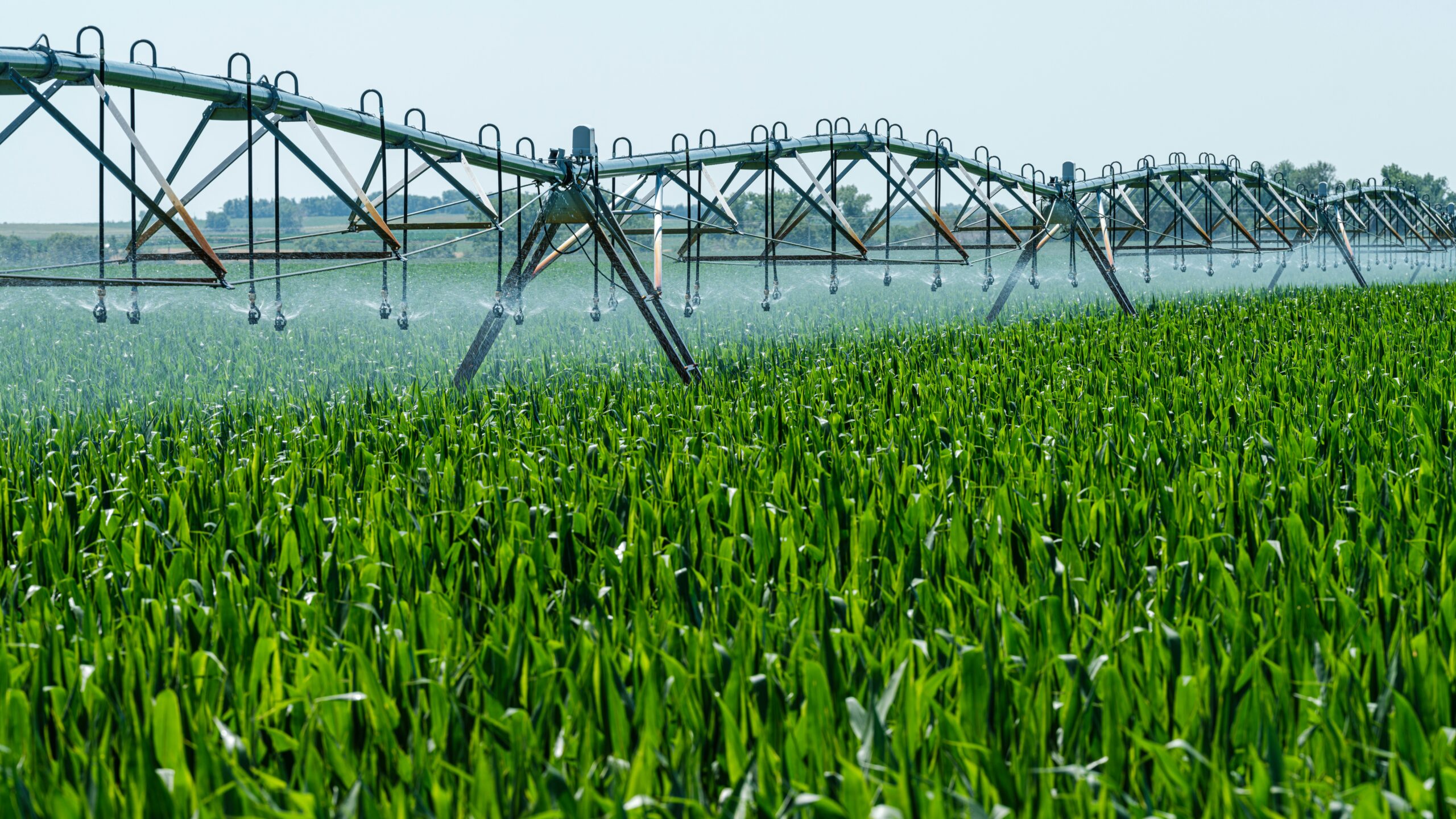From Field to Feed — Pumps in Agriculture
It starts with growing the feed for dairy cows. Pumps help irrigate the alfalfa, corn, and other forage crops essential to healthy milk production. Efficient irrigation pumps ensure farmers can deliver the right amount of water, supporting both crop yield and sustainability.
From Cow to Creamery — Pumps in Dairy Processing
Once milk is collected, it’s transported to processing facilities — often with the help of sanitary-grade pumps designed for food safety and product integrity. These pumps transfer milk, cream, and mix ingredients through the various stages of pasteurization, homogenization, and ice cream production. They’re built to handle delicate products without compromising quality or taste.
From Plant to Planet — Pumps in Wastewater Management
Even after the ice cream is made, pumps remain vital. Processing plants rely on wastewater pumps to manage cleaning processes, byproducts, and effluent. Efficient handling of wastewater helps dairies and creameries meet environmental standards and operate responsibly.
Fun Facts About Ice Cream
- The average American eats about 20 pounds of ice cream per year
- Vanilla is consistently the top-selling flavor in the United States
- The world’s largest ice cream cone weighed over 2,400 pounds
Pumps Behind the Scenes
From irrigating feed crops, to moving milk, to managing wastewater — pumps quietly support the entire lifecycle of ice cream production. At Cornell, we’re proud that our pumps help power industries that bring simple joys, like a scoop of ice cream, to people around the world.




